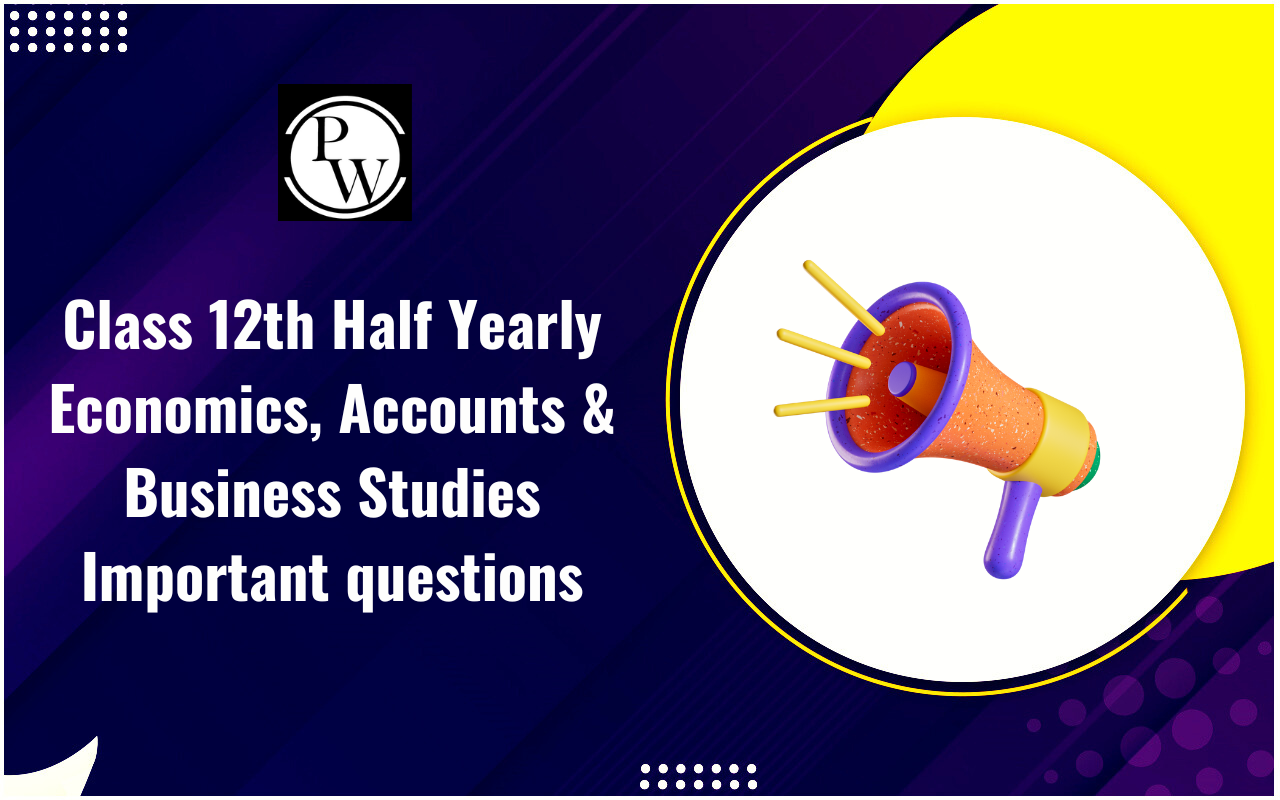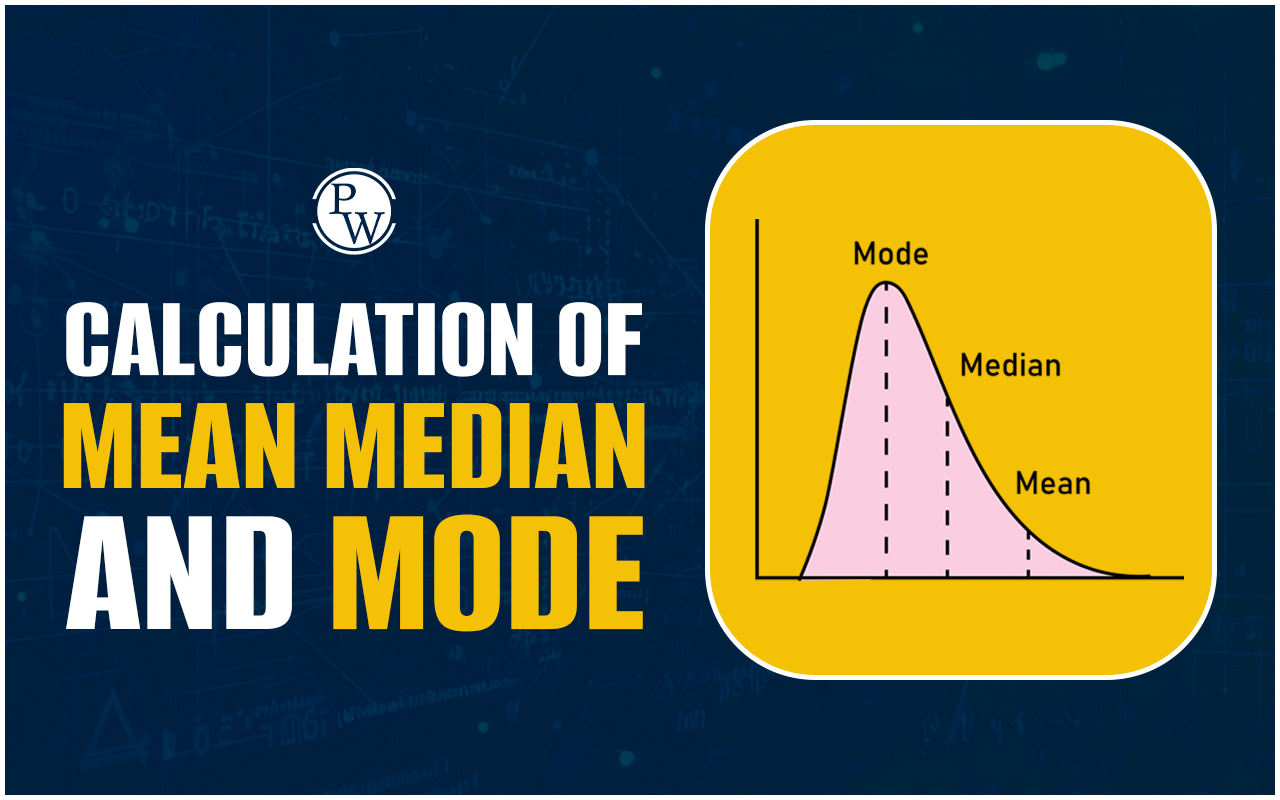

The call money market serves as a vital component of the financial ecosystem, enabling institutions to meet short-term liquidity requirements. It operates through loans ranging from one to 14 days, typically between financial institutions. Due to its short-term nature, call money does not involve periodic principal and interest payments, making it distinct from longer-term loans.
Brokerages often rely on call money to fund margin accounts for their clients, facilitating leveraged investments. Its high liquidity makes it the second-most liquid asset on a balance sheet, next to cash. Let’s explore the nuances of the call money market, its features, benefits, and more.What is the Money Market?
The money market is a segment of the financial market dedicated to the trading of short-term, highly liquid instruments. It provides a platform for participants to borrow and lend funds for brief durations. In India, the call money market forms an integral part of this structure, with surplus funds—primarily from financial institutions—being traded daily. This market supports short-term funding needs and ensures a balance between liquidity and returns.Understanding the Call Money Market
The call money market specifically caters to financial institutions, allowing them to manage liquidity efficiently. When surplus funds exist, banks and other institutions lend them on a short-term basis, often on call or short notice.Key Features of the Call Money Market:
- Flexibility : Funds can be converted into cash quickly and at relatively low costs.
- Liquidity Management : It helps institutions balance their liquidity needs with their financial obligations.
- Short-Term Focus : Loans in this market are repayable on demand or within a short period, typically up to 14 days.
- Participants : The market is dominated by commercial banks, cooperative banks, financial companies, and insurance organizations.
Call Money Market Components
Below we’ve mentioned some components of Call Money Market:Money at Call and Short Notice
In the call money market, the terms "money at call" and "short notice money" refer to two distinct types of short-term borrowing arrangements. Both forms of lending are characterized by their short durations, but the time frames and conditions vary slightly.Money at Call: This refers to funds borrowed or lent for a very short period, typically one day. When money is borrowed on a "call" basis, it means that the borrower must repay the loan on demand, usually within a 24-hour period. This type of loan is unsecured, meaning there is no collateral involved, and the transaction relies heavily on the trust and reputation of the financial institutions involved.
Short Notice Money: In contrast, "short notice money" refers to loans that are borrowed for more than one day but less than 14 days. While still short-term in nature, this loan is typically provided with a notice period, such as 24 hours or a few days before the loan is expected to be repaid. Although it is slightly more flexible than "call money," it is still an unsecured loan that relies on mutual trust.
Call Money Rate
The call money rate is the interest rate at which funds are borrowed and lent in the call money market. It plays a vital role in the functioning of this market and is closely monitored by financial institutions and central banks alike. The call money rate is dynamic, constantly fluctuating based on the supply and demand for funds in the market.Interest Rate Dynamics: The call money rate is highly sensitive to changes in market conditions. When there is a high demand for funds, such as during periods of economic uncertainty or when banks face liquidity shortages, the call money rate tends to rise. Conversely, when the supply of funds is high, such as after the central bank injects liquidity into the system, the rate tends to fall. The rate can change frequently, even multiple times within a single day, reflecting the immediate market conditions and the need for funds.
Influence on Liquidity Management: Financial institutions use the call money rate to manage their liquidity positions. Banks with surplus funds may lend them out in the call money market, earning interest based on the prevailing call money rate. On the other hand, institutions facing a liquidity shortfall can borrow funds at the call money rate to meet their immediate funding needs. The ability to adjust the call money rate helps institutions ensure they maintain an optimal level of liquidity, balancing between borrowing and lending to support their operations.
Reserve Management: The call money rate also plays a key role in helping banks fulfill their reserve requirements, as set by regulatory authorities such as the Reserve Bank of India (RBI). Banks must maintain a certain proportion of their deposits as reserves with the central bank, and if they fall short, they can borrow from the call money market to meet these requirements. The rate at which they borrow is determined by the prevailing call money rate, so fluctuations in this rate can have a significant impact on a bank’s cost of borrowing and its ability to meet regulatory requirements.
Monetary Policy Influence: The call money rate is also used by central banks to manage monetary policy. By influencing the rate, central banks can affect the overall interest rate structure in the economy, influencing inflation, credit availability, and economic activity. A higher call money rate can help control inflation by tightening liquidity, while a lower rate can encourage borrowing and investment by making funds cheaper to obtain.
Benefits of the Call Money Market
The call money market provides several advantages, making it indispensable for financial institutions:Volatile Interest Rates
The call money market is characterized by fluctuating interest rates, which can be advantageous for lenders. During periods of high demand for funds or liquidity tightening in the market, the interest rates in the call money market tend to increase. This gives lenders an opportunity to earn higher returns on their short-term loans compared to other stable but lower-yielding instruments. For financial institutions with surplus funds, the call money market becomes an attractive option for deploying their capital in a high-return environment. However, these fluctuations also come with risks, particularly for borrowers who may face higher borrowing costs during periods of tight liquidity.Liquidity Management
Liquidity is essential for the smooth functioning of financial institutions. The call money market provides a flexible and efficient platform for institutions to manage their liquidity needs. For banks and financial institutions that experience fluctuating cash flows, the call money market allows them to quickly borrow or lend funds for very short durations (typically one to 14 days). This short-term borrowing helps institutions bridge temporary liquidity gaps without the need for long-term commitments.Reserve Fulfillment
Banks in India, like those in many other countries, are required by the central bank (RBI) to maintain a certain percentage of their deposits as reserves, known as the Cash Reserve Ratio (CRR). In times of cash shortages, banks can face difficulties in maintaining these reserve requirements. The call money market offers a solution by providing banks with the ability to borrow short-term funds from other financial institutions to meet their CRR obligations. By borrowing in the call money market, banks can fulfill their reserve requirements without facing penalties or disrupting their regular operations.Safety and Trust
The call money market is considered relatively secure due to the reputation and trust of the participants involved. The market is primarily composed of highly regulated financial institutions such as commercial banks, cooperative banks, insurance companies, and primary dealers, all of whom are well-established and monitored by regulatory authorities. This creates a secure lending and borrowing environment where participants are confident in the repayment of funds. Additionally, since call money is typically borrowed and lent on very short-term basis, the risks of default are lower compared to longer-term loans.Facilitates Central Bank Operations
The call money market plays a crucial role in the implementation of monetary policy by central banks, such as the Reserve Bank of India (RBI). Central banks use the call money market to manage the money supply in the economy and stabilize interest rates. By adjusting the liquidity in the market through open market operations (OMO), the central bank can influence short-term interest rates, which in turn affect inflation, economic growth, and credit availability.Challenges in the Call Money Market
Despite its advantages, the call money market has certain limitations:Geographical Concentration
The call money market is predominantly concentrated in major industrial and commercial hubs, such as metropolitan cities. This geographical concentration means that smaller towns and rural areas may have limited access to this market. As a result, financial institutions in these regions might find it more difficult to borrow funds from the market or may need to rely on alternative sources, potentially at higher costs. This creates a disparity in liquidity access between urban and rural financial institutions, which can affect their ability to manage short-term cash flows effectively.Lack of Integration
One of the key challenges in the call money market is its lack of integration across different regions and financial sectors. Unlike more developed financial markets, the call money market often operates in a fragmented manner, with varying levels of liquidity and different interest rates in different regions. This lack of uniformity makes it difficult for participants to obtain funds at competitive rates consistently. Furthermore, it can cause market inefficiencies, as financial institutions may face challenges in accessing funds quickly or at reasonable terms due to these regional discrepancies. A more integrated market could help smooth out these regional imbalances and provide better liquidity options for all participants.Interest Rate Variability
Interest rate fluctuations in the call money market are another significant challenge. The rates in this market are highly volatile and depend on supply and demand dynamics, often influenced by macroeconomic factors such as monetary policy, inflation expectations, and overall market conditions. For borrowers, this can create uncertainty, as the cost of borrowing can change unexpectedly, making it difficult to plan for future funding needs. Financial institutions that rely on the call money market for short-term funding may face higher borrowing costs during periods of rate hikes, impacting their profitability. Conversely, lenders might not always benefit from stable returns, as fluctuating rates can result in unpredictable earnings. These rate variations can make the call money market a less reliable source of funding for those with strict cash flow requirements. The call money market plays a pivotal role in ensuring short-term liquidity for financial institutions, contributing to the stability and efficiency of the financial system. While it has its challenges, the market's high liquidity, flexibility, and role in monetary policy implementation make it a critical aspect of the broader money market. For institutions and investors alike, understanding the dynamics of the call money market is essential for effective financial management.Calculation of Mean, Median, and Mode FAQs
What is the Call Money Market?
Who are the participants in the Call Money Market?
What is the Call Money Rate?
What are the benefits of the Call Money Market?
What is the difference between Call Money and Short Notice Money?












